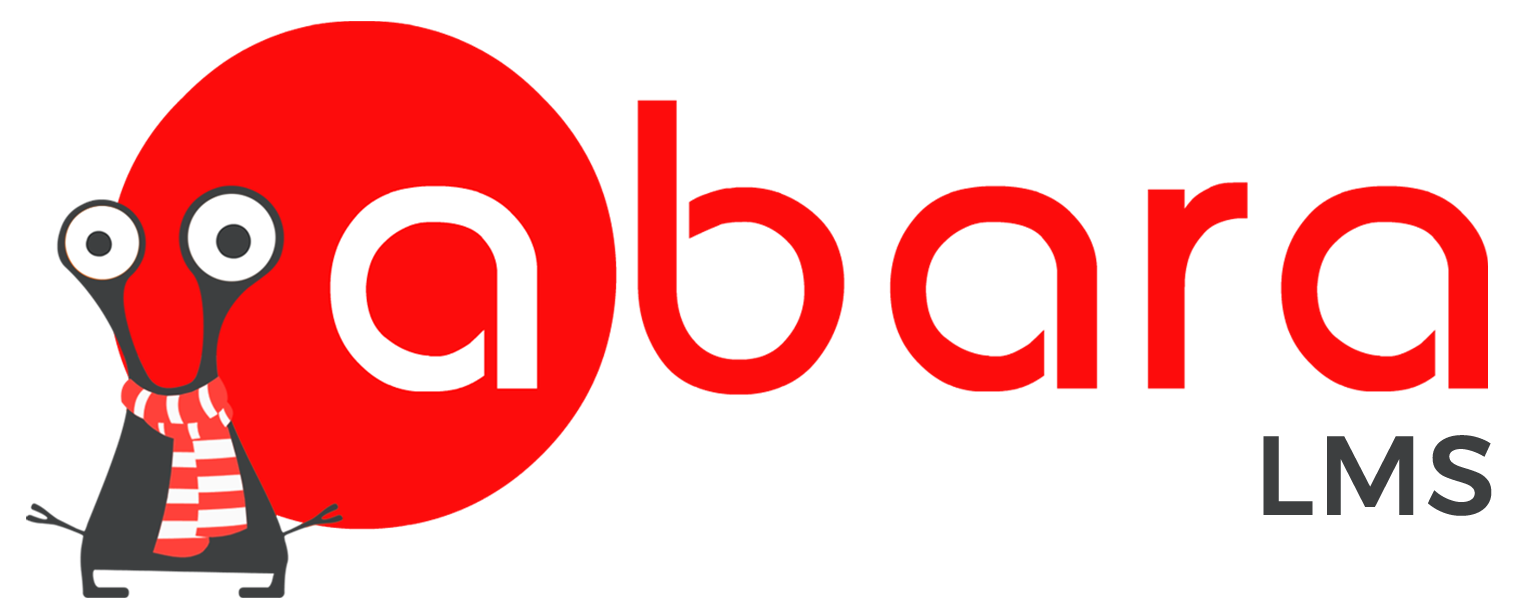Amidst the chaos, panic, and ramifications of misinformation and unpreparedness, the recent viral outbreak unearths problems with the way information is distributed and accepted. Moreover, it’s a prime case to study the importance of eLearning and what makes it the need of the hour.
The following article attempts to link the outcome of a major global event with training, development, and general preparedness. Moreover, shed light on how formalized training could have and still can mitigate the uncertainties that the future holds.
On this Page
Why eLearning?
Distribution of Structured General Information
eLearning’s fundamental building block is information distribution—the ability to distribute structured information to the masses.
The news about the viral outbreak although covered by mainstream media and many other sources, still appeared deficient of any true meaning or use. News sources are merely copying others, where eventually all news sources appear identical.
The availability of structured general information is sorely missing, i.e.:
- What is it
- Cause of spread
- Precautionary measures
- Cure
Instead, people were forced to refer to varying accounts—some of which cannot be trusted—to educate themselves on the basics. Soon, further confusion and panic gripped the masses owing to the disarray of information and general unavailability of structured information.
The very essence of eLearning is distribution of structured information.
Claiming to easily build an eLearning course and manage its distribution within the very first few days of a situation or need is unrealistic. However, structuring reliable and existing pieces of information (information from multiple sources) together in a formalized manner—over an LMS—is far better than letting your learners loose on a turkey chase.
This forms a strong case for corporates and educational bodies to note. Presenting structured information during times of great needs is the first step in the series of steps leading to the solution. Allowing learners to sift through unorganized, unverified, and informally structured data in bid to save time and resources will prove counterproductive to the cause.
Timely Distribution of Information
eLearning community members are familiar with the concept of ‘just in time training’. A concept where development initiatives yield maximum results because learners are presented with training content when most needed. Timely distribution of information also helps to combat and mitigate problems with a high probability of occurrence.
In the case of the outbreak, information on how to approach and safely diffuse the situation was often delayed. Partly because spotting genuine information is difficult and partly because authorities had no formal method of distributing genuine information.
Many people received true government authorized information very late, resulting in delayed or missed precautionary measures and the subsequent uncontrollable spread of the virus.
eLearning because of its ‘from source to consumer in minutes’ nature, is excellent at distributing important time-bound information. Both when preparing for future events and during ongoing situations.
The ease in deploying eLearning courses at once or in stages, directly onto a learner’s LMS portal is unparalleled. Especially when learners receive notifications in their mail and on their phones notifying them about the availability of new course content. Administrators further moderate the distribution of content to learners based on job roles and departments.
Corporates have much to gain when structured information is delivered to employees on time or even before time and that is exactly what the eLearning concept entails.
Curbing Irrelevant information and Misinformation
Users with authority moderate corporate and educational eLearning training content. Misinformation and/or irrelevant information rarely find their way into training programs because content is fact and relevance checked.
Misinformation, half information, and irrelevant information are prevailing problems plaguing modern society. The lack of moderation and the sheer number of sources that produce and copy information—without fact checking—is detrimental and dangerous for organizations and institutes relying on external training content.
The sheer volume of misinformation surrounding the viral outbreak, causes, spread, and cure stands testament to why training needs strict moderation like moderated training content hosted on an LMS.
The concept of administrator and sub-administrator roles further tightens the noose around misinformation in an eLearning setting by including added layers of scrutiny.
Enabling Remote Training
This outbreak has taught people an important lesson that remote access to information is hyper-critical to the functioning of humankind. Corporates still hesitant to switch over from traditional venue-based training or implement a mobile LMS with optimized eLearning content must take notice.
Mitigating the viral outbreak and containing its spread is dependent on social distancing by working from home with minimal contact.
A known fact is that eLearning is a great advocate for remote training and development. In fact, eLearning exists to help individuals with information and training content at a place and time of their liking.
Here is a strong case for hesitant corporates on why eLearning and its remote training abilities are integral. The need for information and access to training are perpetual, but circumstances—by choice or force—can often limit free movement. Regardless, eLearning with its limitless reach continues unhindered.
Distributing Updated Developments
Distributing information and simplifying access to training is important. However, long-term knowledge transfer strategies encompass one other element, and that is information updating. Collecting, structuring, and presenting information from scratch on a regular basis is undoubtedly tough. With changes in previously accepted facts, the ability to update existing information banks is practical over creating new ones.
Global news agencies faced immense difficulties in updating information as it appeared. Even as primary bulletin articles—only the ones published online—were regularly updated by the editorial teams. Those websites and blogs copying and quoting content from original sources continue to host outdated content, many still remain unchanged.
Videos of news presentations once recorded and used as sources of information by other publications, faced the same fate. Even as original content publishers updated the developments with time, plagiarized and spin-off versions remained in circulation with outdated information.
The reason for this:
- The inability to notify people about a change or update in content
It’s wrong to claim that eLearning is always free of errors. However, eLearning is better at managing changes in information. Notifications and emails simplify the task of updating facts and informing learners about changes making eLearning better equipped to transfer information in a formal setting.
To Conclude Why eLearning
This article does not under any circumstances imply that the spread of a viral disease is combatable by employing eLearning. Rather, it’s an attempt at showing the inadequacies of traditional media distribution, the shortfalls, and why eLearning is quickly replacing traditional settings.
Modern corporates still relying on old concepts can refer to this article in a bid to understand the power of eLearning and how it’s time for more corporates to accept it as a way of training. For more information on eLearning, its uses, and technologies on offer, reach out to us at contact@abaralms.com or click herem to fill a call-back form.

